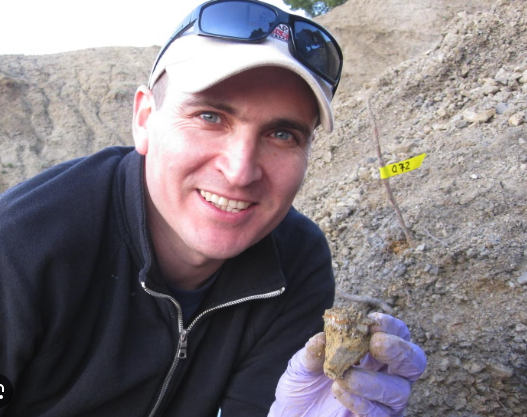Elementary:
Stories from the fossil record: The purpose of Stories From the Fossil Record is to provide students with a basic understanding of how fossils can be used to interpret the past. There are four different pathways to explore: Biodiversity, Geologic Time, Paleoecology, and Past Lives. Each pathway has an interactive slideshow for students to explore. It is tailored to upper elementary or middle school students.
Middle or High:
A Fossil Thermometer: In this activity, students calculate temperatures during a time in the geologic record when rapid warming occurred using a well known method called 'leaf-margin analysis.' Facsimiles of fossil leaves from two collection sites are examined, categorized, and the data is plugged into an equation to provide an estimate of paleotemperature for two sites in the Bighorn Basin.
Approximate Proxies: This activity has students explore the sediment in Lake El'gygytgyn, (pronounced EL-ge-GIT-gin) located in NE Siberia. This lake holds one of the longest records of climate change anywhere in the continental Arctic. The driving question in this activity is: How does sediment (clay and mud) tell us something about past climate? Students use proxy data to understand the past. This resource can be adapted for virtual use.
Paleoclimate Reconstruction Lab: In this activity, students reconstruct past climates using lake varves as a proxy to interpret long-term climate patterns. Students use data from sediment cores to understand annual sediment deposition and how it relates to weather and climate patterns.
Lab Exercise: Exploring the Neotoma Paleoecology Database This lab introduces students and other interested users to the Neotoma Paleoecology Database and Neotoma Explorer, its webtool for finding, exploring, visualizing, and downloading paleoecological data. Neotoma DB is a public-access and community-supported repository of paleoecological data, mostly from the late Quaternary. These data are widely used by scientists to study species responses to past climate change.

